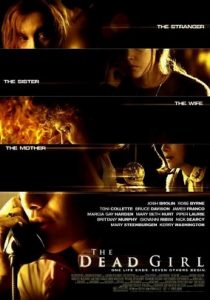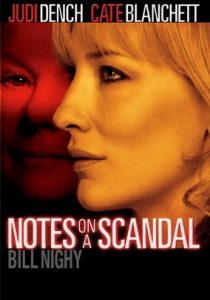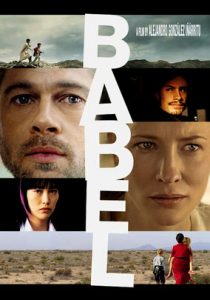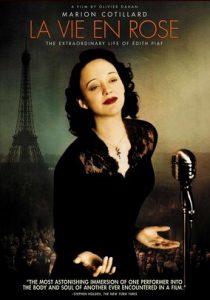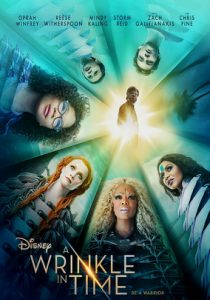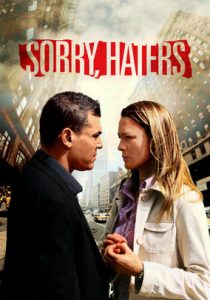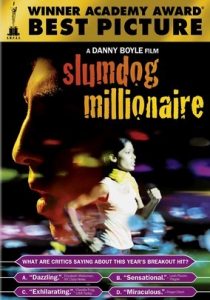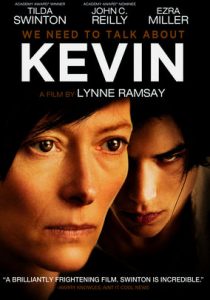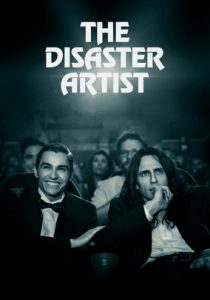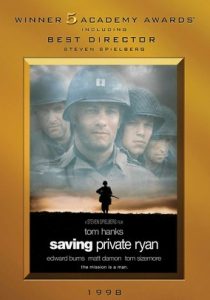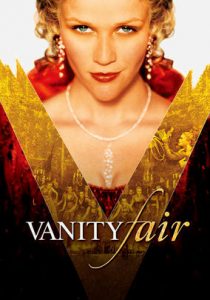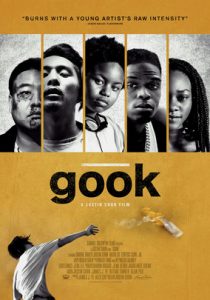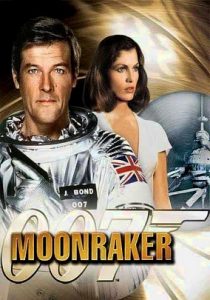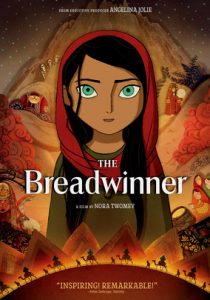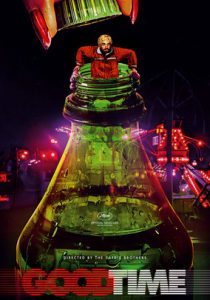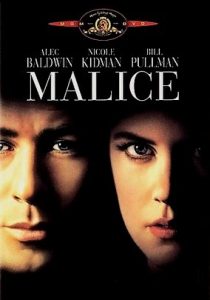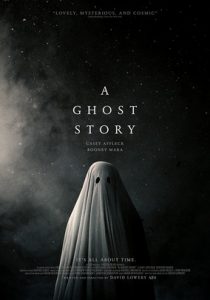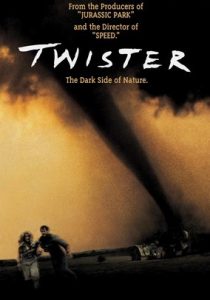Babette’s Feast-1987
Director Gabriel Axel
Starring Stéphane Audran
Scott’s Review #796
Reviewed July 27, 2018
Grade: A
Babette’s Feast (1987) is a pure delight for any viewer who is a foodie, particularly of stylish French cuisine.
In fact, during the final thirty minutes or so I was salivating with pleasure as a final multiple-course meal was presented before me. The film is rich with “flavor” and tells a wonderful tale of self-sacrifice, benevolence, and good human nature.
The film won the Oscar for Best Foreign Language Film- the very first Danish film to do so.
Adapted from a 1958 short story, Babette’s Feast tells of two elderly and deeply religious Protestant sisters, Martine (Birgitte Federspiel) and Phillipa (Bodil Kjer), who exist in a small village in Denmark.
The sisters have lived there all their lives and, through flashbacks, it is revealed that each had an opportunity for romance with men decades earlier, as young and fresh young ladies. Each resisted the temptation due to the deeply religious beliefs of their disapproving father.
When a delightful French woman, Babette (Stephane Audran), appears on their doorstep with a note from Phillipa’s potential beau, the kindly women take her in.
Babette is a refugee fleeing Paris and offers to serve as the sister’s housekeeper. Babette is filled with life and a passion for cooking and art- largely contrasting the townspeople, who frequently shun pleasures and harbor reserved and repressed feelings for joy.
When Babette wins the lottery and is assumed to depart back to Paris, she instead offers to make the town a lavish, classic french meal.
The film is a pure treat, especially in the final act when Babette decides to prepare an exquisite meal. This is the true highlight of the film and the menu simply must be listed below to wholly appreciate the film.
As each course is served, the film depicts the cooking process, as spices, salts, wines, and reductions are featured, so much so that we wonder, who made such a gorgeous meal when filming transpired? Audran, known to be a gourmet, must have adored this fabulous and creative role!
In order, Babette’s delicious feast consists of turtle soup served with Amontillado sherry, buckwheat pancakes with caviar and sour cream served with Veuve Cliquot Champagne, quail in a puff pastry shell with foie gras and truffle sauce served with Clos de Vougeot Pinot Noir, an endive salad, rum sponge cake with figs and candied cherries served with Champagne, assorted cheeses and fruits served with Sauternes, coffee with Vieux marc Grande Champagne Cognac.
My mouth is watering and my stomach growling as I write this!
Wisely and poignantly, the film heralds the return of Martine’s longtime admirer, Swedish officer Lorens, who escorts his elderly aunt to the dinner. The other dozen or so dinner guests agree not to fuss or voice any reactions to the meal, but Lorens is different.
With each serving, he comments in explicit detail the pleasures of the tastes and fondly recollects an experience with each course. He speaks for the rest of the guests as we see their reactions and the pleasures they exhibit non-verbally.
Tenderly, Lorens confessed that he had never forgotten Martine, and she the same for him. Despite not having seen nor heard from each other in decades, their connection has never wavered, and thus have spent their lives as one.
What a lovely and powerful scene this is and adds romanticism and elegance to the overall film.
The lighting is effective as many scenes seem to bask in an illuminating glow. The whimsical village is well lit with many soft or muted scenes exuding elegance and grace in the tiny living community.
The costumes and styles are meaningful and make the period of the 1800’s realistic. This adds a tremendous amount to the look and texture of Babette’s Feast.
The overall themes of Babette’s Feast (1987) are ones of kindness, forgiveness, enjoyment, and honesty. The characteristics are brought to life by the characters in the film, rich with flavor and taste, and all experienced through the importance and pleasures of food.
What a magnificent piece of film making this work is and the enormity of riches through good dining.
Oscar Nominations: 1 win-Best Foreign Language Film (won)


